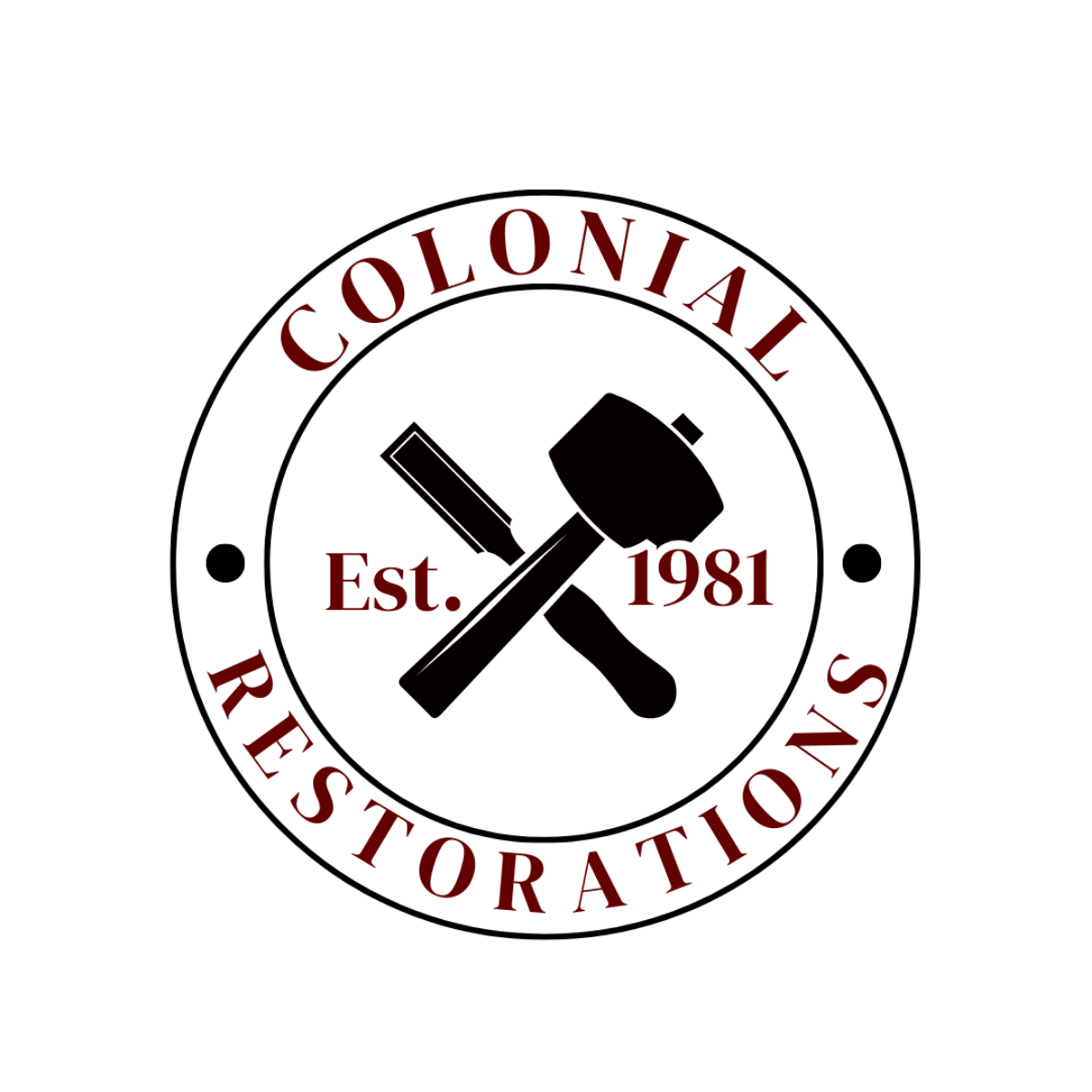Restoring an old barn isn’t your average carpentry project — it demands a level of structural expertise that comes from decades of hands-on experience. A true barn restoration not only addresses repairs but also preserves the original craftsmanship and integrity of the structure.
Many of these barns, often over a century old, were built with durable local materials and traditional techniques. But time, weather, and wear eventually take a toll on the longevity of the structure. If you’re considering a barn restoration in New England, it’s important to understand the most common repairs involved and why each one matters.
In this guide, we’ll walk you through the typical repairs we’ve seen time and time again over our 40+ years restoring barns across New England. You’ll walk away with a clearer picture of what the process looks like and how our team prioritizes safety and deep respect for your barn’s history.
Sill Beam Replacement
The sill beam is the horizontal timber that runs along the foundation and supports the barn’s walls. In many older barns, this beam is the first to deteriorate due to moisture exposure, insect damage, or rot. This decay is especially accelerated in barns that sit directly on stone foundations, where moisture wicks up from the ground.
We often replace sill beams with rot-resistant wood like white oak, which was traditionally used in New England and offers both strength and historical consistency. A pressure treated 8×8 can also be a valid choice depending on proximity to the ground. A compromised sill can threaten the structural integrity of the entire frame, so this is typically one of the first repairs we assess in a barn restoration project.
Post and Beam Repairs
Many historic barns were built using post-and-beam construction, a technique known for its durability. However, even the strongest timbers can crack, bow, or rot over time. Before we start on the barn restoration, we inspect each post and beam for signs of stress, checking joints, pegs, and connections for any separation or insect activity.
When possible, we repair the original timber using scarf joints or sistering techniques to preserve as much historic material as we can. If a beam is beyond saving, we replace it with a new timber cut and shaped to match the original dimensions and species.
Roof Structure and Sheathing
New England barns take a beating from harsh winters and humid summers, and the roof typically shows it first. Sagging ridge lines, leaking roof decks, and rotted sheathing boards are common findings in our barn inspections.
Roof repairs may involve reinforcing or replacing rafters, rebuilding ridge beams, and installing fresh sheathing. In some cases, we recommend updating to a historically appropriate but modern metal or shingle roof to prevent future damage while maintaining the barn’s original look.
Foundation Stabilization
Stone foundations are charming and durable, but years of frost heave, erosion, and shifting soils can cause stones to loosen or settle unevenly. A proper barn restoration expert will carefully reset and re-mortar these stones to provide a stable base, sometimes adding hidden footings or drainage improvements to protect against future water issues.
This step is crucial because a solid foundation sets the stage for every other repair. An unstable base means constant structural problems down the line.
Floor Joists and Decking
Flooring in old barns is often worn thin or uneven, especially in high-traffic areas. We inspect joists for rot or insect damage and assess the planking for signs of cupping or cracking. Replacing compromised joists and installing new decking ensures safe and functional use, whether you plan to use the barn for storage, events, or as a living space.
Exterior Cladding and Siding
Siding provides protection from the elements, but after decades of rain, wind, and sun exposure, it’s often due for repair or replacement. We match clapboards, vertical boards, or shakes to the barn’s existing style, using wood species that were historically used in the region whenever possible.
In a barn restoration job, replacing siding not only protects the structure but also gives your barn a refreshed look that stays true to its historic character.
Doors, Windows, and Hardware
Barn restoration isn’t just about structure, it’s also about craftsmanship. We often rebuild or replicate traditional barn doors and windows, using period-appropriate hardware and joinery. These details might seem small, but they make a big impact on authenticity and function.
Preserving History, One Beam at a Time
Every barn tells a story, and at Colonial Restorations, we see it as our job to help that story continue. Our team takes great pride in using historically accurate methods and materials to give these barns a second life. Whether you’re looking to restore your barn to its original glory or repurpose it for modern use, understanding these common repairs is a great first step.
If you have a barn in New England, we’d love to hear its story, and how we can help restore it to its former glory. Don’t wait! Contact us before the condition of your barn worsens.

Leave a Reply